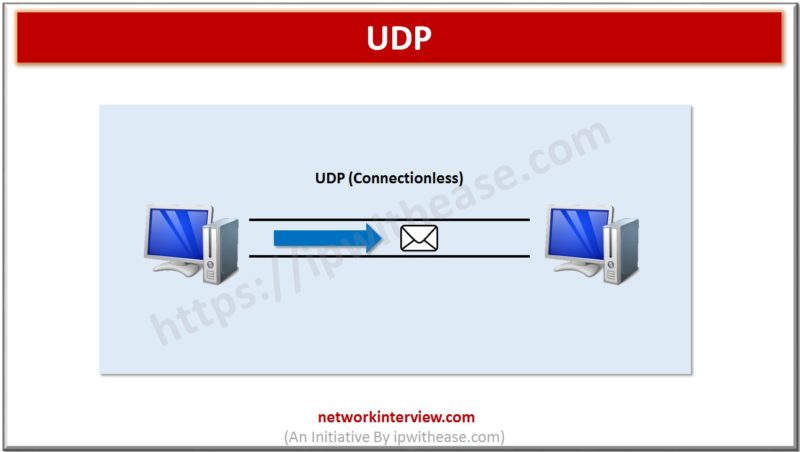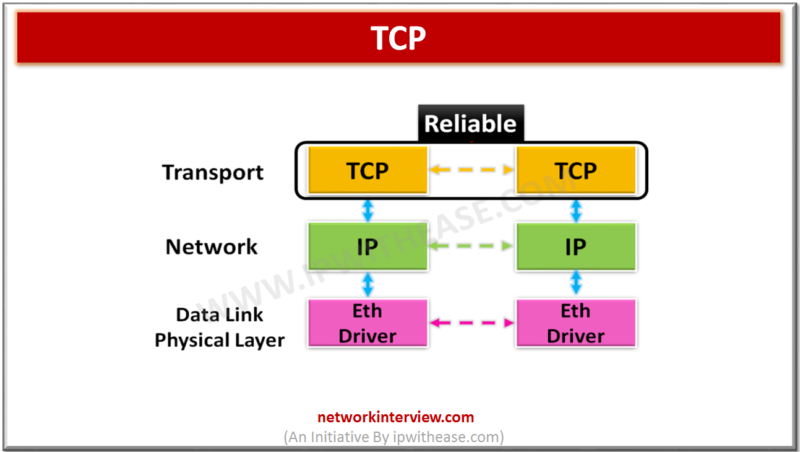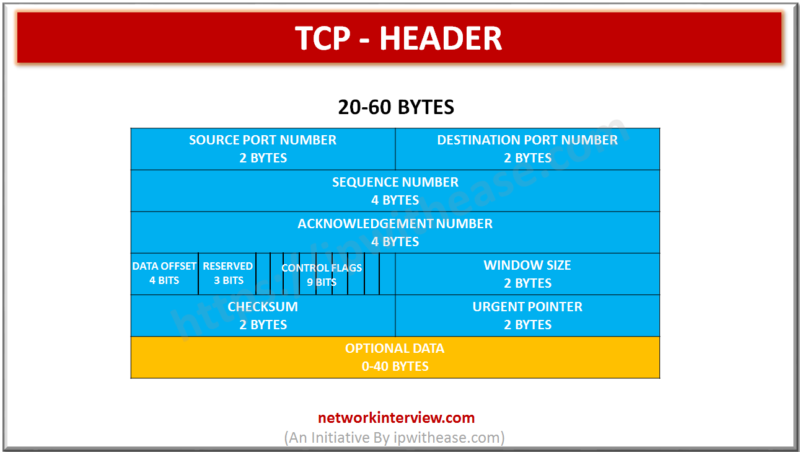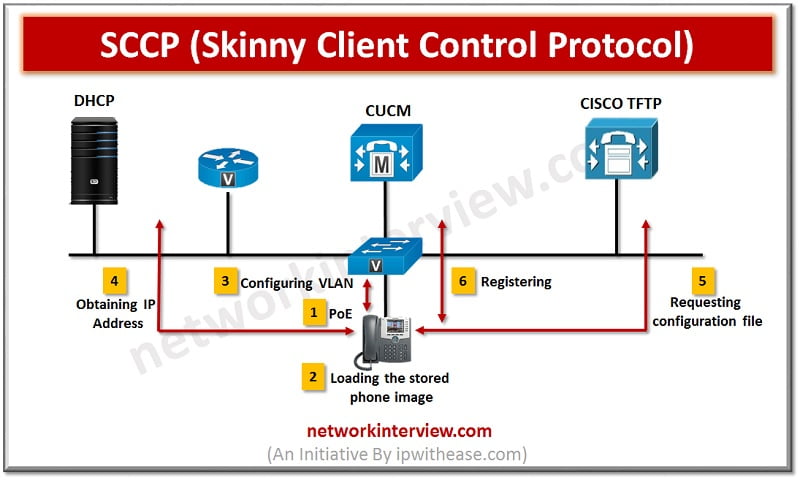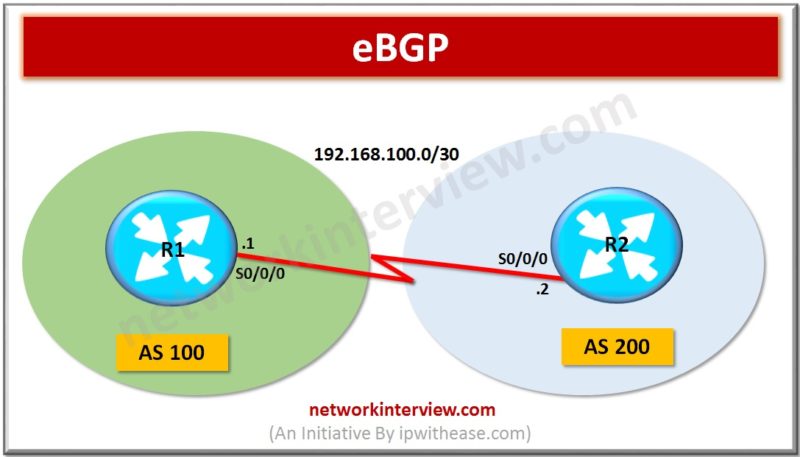UDP (User Datagram Protocol) is a transport layer protocol used primarily for low-latency and loss tolerating connections. Outlined by RFC 768 it provides a best-effort datagram service to an end host.In distinction to TCP, UDP just sends the packets with no packet acknowledgements that ends up into much lower bandwidth overhead and latency. However …
TCP i.e.Transmission Control Protocol is one of main Transport Layer protocol which provides reliable, connection-oriented communication over IP networks between two end stations. When data is provided to the IP protocol, it encapsulates them in IP datagrams. TCP is defined by the …
TCP HEADER (Transmission Control Protocol ) Source port (16 bits): Port related to the application in progress on the source machine Destination port (16 bits): Port related to the application in progress on the destination machine Sequence number (32 bits): When the …
SCCP stands for Skinny Client Control Protocol . It is a lightweight , proprietary control and communication protocol originally developed by Selsius Systems and later taken over by Cisco Systems.It is a lightweight IP-Based protocol for Signalling with CUCM and CME for Cisco …
Introduction eBGP is abbreviation for External Border Gateway Protocol and is one of the flavors of BGP protocol. eBGP Routing protocol is used between BGP speaking neighbors which belong to different ASNs (Autonomous System Numbers). eBGP functions as the protocol for …

